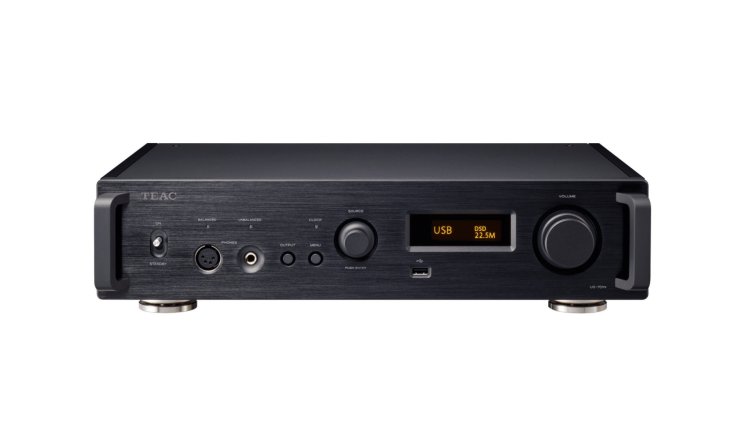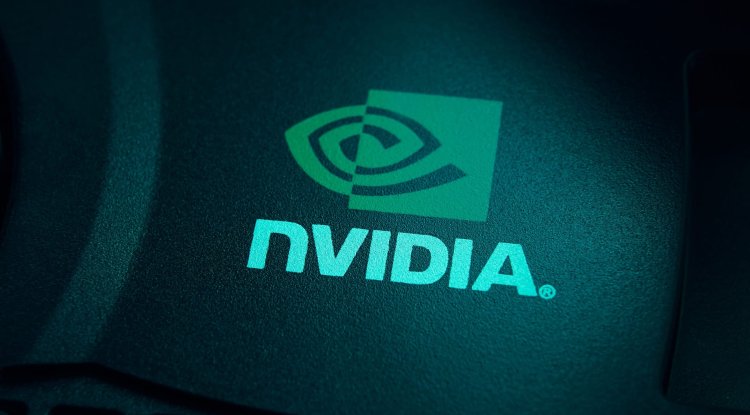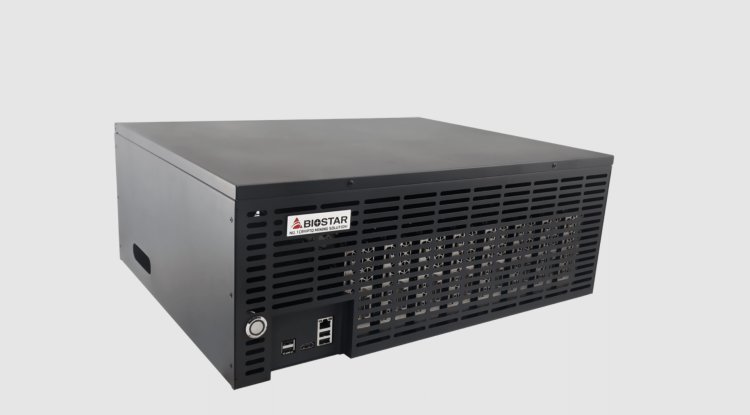The Teac UD-701N streaming preamp

TEAC is moving up a class in the league for high-quality component hi-fi with streaming capabilities with the new 701 device line, which presently comprises of two components. The Teac UD-701N streaming preamp and AP-701 power amp combine historic design elements with cutting-edge circuit technology and high-quality sound. And all of this at a fairly reasonable price when taken as a whole.

Looking at the two components of the 701 series, one can instantly detect similarities with TEAC's popular 505 series. But, aside from the nearly twice price, the differences are just as significant. While the devices of the 505 series have a width of 29 cm, the new 701s are slightly wider, measuring 44.4 cm.
The case depth remains reasonable at 34 cm (including sockets and handles; case only = 30 cm). The devices are nice and flat, with a height of 11.1 cm, and look fine on special hi-fi racks, low boards, or sideboards.
Other evident parallels between the new device series and the 505s include the huge pointer instruments on the power amplifier, the display, and the two rotary knobs on the front of the preamp, implying a very similar operational principle. Last but not least, the standard TEAC handles.
However, upon closer study, the 701s are clearly one class higher. Not only is the metal planking thicker, but the processing also appears more detailed. For example, the screws on the lid are countersunk rather than simply attached, like on the 505, though this appears to have been modified on the NT-505-X.
The sides of both 701s have huge heat sinks with horizontal ribs that slope beautifully towards the front.
At strategic spots, the entire structure has been vibration-protected. The transformers are separated from the base plate, and the circuit boards are attached to the chassis with a few screws as feasible.

Different length cooling fins should also aid to guarantee that no unwanted vibrations are conveyed to the inside. On the underside of both devices, three Teac Pinpoint feet are used. These are basically spikes with a non-removable base plate — very useful!
Both TEAC innovations' electronics are built in a double mono configuration. A look inside explains why the preamp weighs more than the main amp. The UD-701N contains four relatively large toroidal transformers.
Two for the independent left and right analog signals, plus two for the network module and digital control unit. In the output stage, there are just two (similarly sized) toroidal transformers.
In addition to the entirely symmetrical architecture, the preamplifier incorporates a (Delta Sigma) D/A converter with a discrete circuit design that was wholly new invented by TEAC; the NT-505 currently works with a purchased IC. The new DAC can play DSD natively rather than transforming the DSD data stream to PCM (DSD over PCM, or DoP for short).

Instead, after passing via a modulator, the UD-701N sends PCM signals as 1-bit signals. The DAC can playback DSD at 22.5MHz and PCM at 384kHz/32 bits. Even if the data originates from a CD, the UD-701N can fully analyze and "unfold" MQA.
The integrated headphone amplifier of the UD-701N is also remarkable. This is not (as is so often the case) a technically easy "junction," but rather a distinct circuit capable of handling demanding headphones up to 600 ohms. Of course, the headphone amplifier is likewise arranged symmetrically, with an XLR4 socket on the front in addition to the 6.35 mm jack socket.
The power amplifier AP-701, like its smaller sister AP-505 (here for the test), is powered by a TEAC-modified Hypex NCore Class D circuit. The only difference is that the 701 uses two modules in a double-mono configuration and has a substantially higher output power of 2 x 260 W at 4 Ω and 2 × 170 W at 8 Ω. It is just 115 or 70 watts per channel with the AP-505.
Overall, the TEAC combo bears some resemblance to the recently reviewed T+A DAC 200 and A 200 duo. With the apparent caveat that the two T+As are a good two and a half thousand dollars more expensive when purchased combined, and the T+A DAC does not feature streaming.

Digital data can be sent into the TEAC UD-701N via a variety of cable methods. There is no WLAN for wireless connectivity, but a Bluetooth module with LDAC, LHDC, aptX HD, and AAC support is available.
As a network connection, the TEAC has an Ethernet LAN port. Local digital sources, such as CD players or televisions, can be connected by two electrical S/PDIF coax connectors or two existing Toslink sockets.
HDMI is not available on the UD-701N. Furthermore, there is a USB port on both the back and front for attaching hard disks, SSDs, USB sticks, and computers or a Roon server can access the new TEAC streaming preamp via a USB audio connection.
The UD-701N, like the smaller NT-505, includes a 10 MHz BNC connection for connecting external master clock generators such as the TEAC CG-10M. However, it is currently only accessible in the TEAC midi format component design.
There are two notable differences: the smaller NT-505 has no analog connection choices, whilst the UD-701N offers at least one RCA and one XLR line input. Also new are the 12 V trigger connectors, which allow the preamp and power amp to be turned on and off simultaneously via remote control, resolving one of my objections of the small combo on the 701s - at least somewhat.
It is only analog coming out of the preamp. The UD-701N additionally has a pair of RCA and XLR connections for connecting to the power amplifier or amplifiers. As a result, it's not unexpected that the AP-701 power amplifier has exactly these connections as inputs.
A switch allows you to switch from stereo to bi-amp mode. Bi-amping can be accomplished with a second AP-701. The AP-701 lacks the bridged mode (BTL) that the smaller AP-505 has. The auto power save mode can be deactivated here if necessary via another switch.

The technical and mechanical work put in by TEAC for the UD-701N streaming preamp and the AP-701 power amp pays off in terms of quality. The TEACs are on par with the best of their class in their pricing range. Furthermore, there is excellent craftsmanship with an independent and visually appealing appearance.
The integrated headphone amplifier is really compelling and an extra benefit that should not be overlooked, as it can easily compete with standalone DAC/KHVs in the class up to about 800 dollars.
Both the operation and the haptics are convincing. Everyone must decide if this also applies to streaming control via the TEAC HR Streamer app. As a Roon-spoiled user, I found TEAC's own solution a little too restricted in terms of comfort and possibilities. However, this is true for almost all manufacturer-specific app solutions. Choose Roon if you want the best. The UD-701N is now "Ready."
Anyone who likes the design and is searching for an all-around convincing preamp/power amp combo with analog and digital inputs, as well as streaming functionality, should seriously consider the TEAC 701 series. Especially if you listen to music with headphones or are a die-hard DSD enthusiast.





























